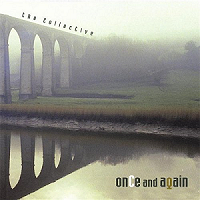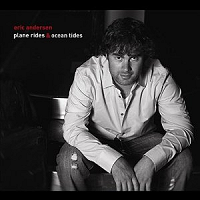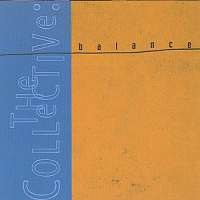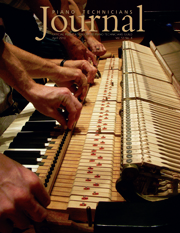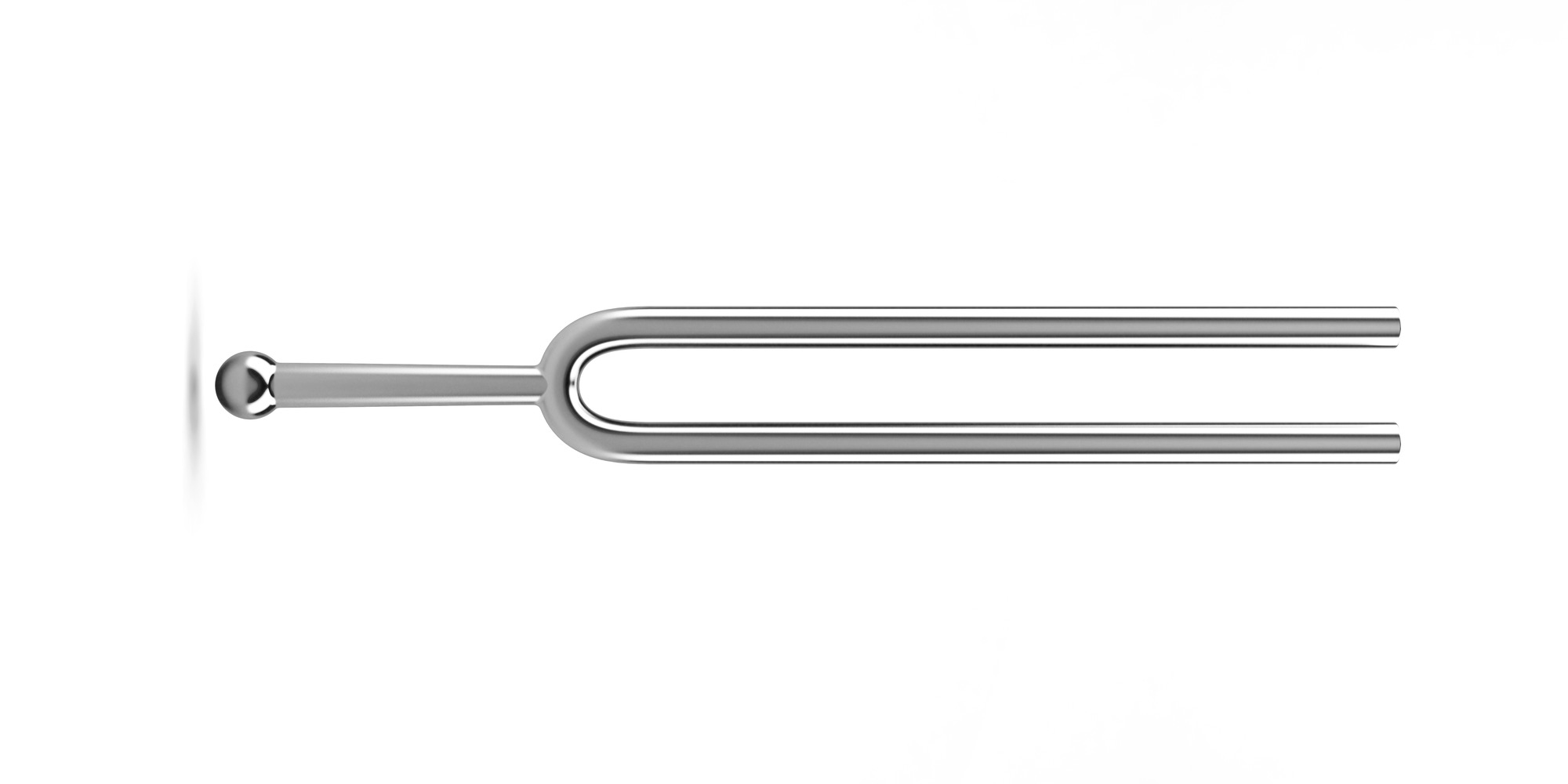Piano Refinishing, Reconditioning, and Restoration
Refinishing a piano is very labor intensive and the best finishes are sprayed on. Because of environmental concerns this kind of refinishing requires an oil-bath spray booth because of vapors. Water-based brush on finishes are available but they don't have the quality of a sprayed finish. It would be best to send the piano to a spray finish specialist experienced with pianos for this type of work.
Reconditioning would be the same as regulation, except that you replace as many parts as necessary. Often times the under key felt has been moth eaten, especially if the piano has been in a humid, wooded area, or they could just be worn down through use and age. Other parts might need to be replaced as well, such as the cloth key bushings that keep the keys from rattling, or the damper felt that stops the strings from ringing might have become hard and noisy. The amount of work needed can be determined upon inspection.
Restoration can be thought of as all of the above, but including replacing the plank the tuning pins are driven into (the "pinblock"), repairing and refinishing the soundboard with brush-on varnish, and replacing the strings. Bass strings need to be special ordered for each specific piano. Plain wire strings are replaced in the piano's existing pattern or slightly updated if necessary, such as on a piano from the late 1800s.
For examples and estimates of the cost of piano restoration, visit sweeneypiano.com.









